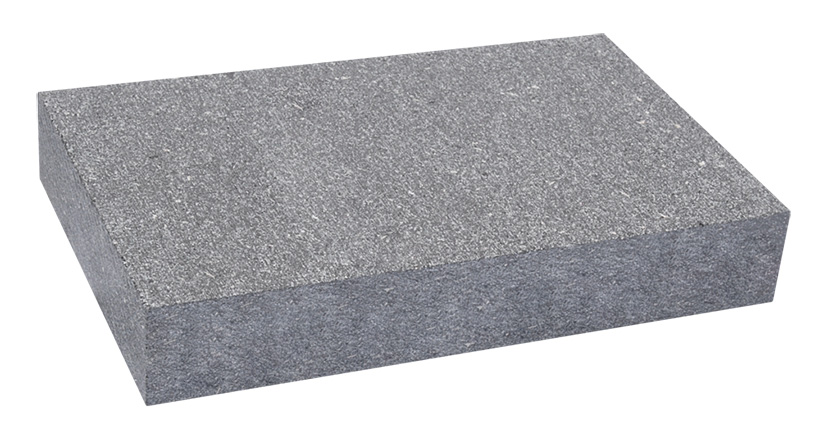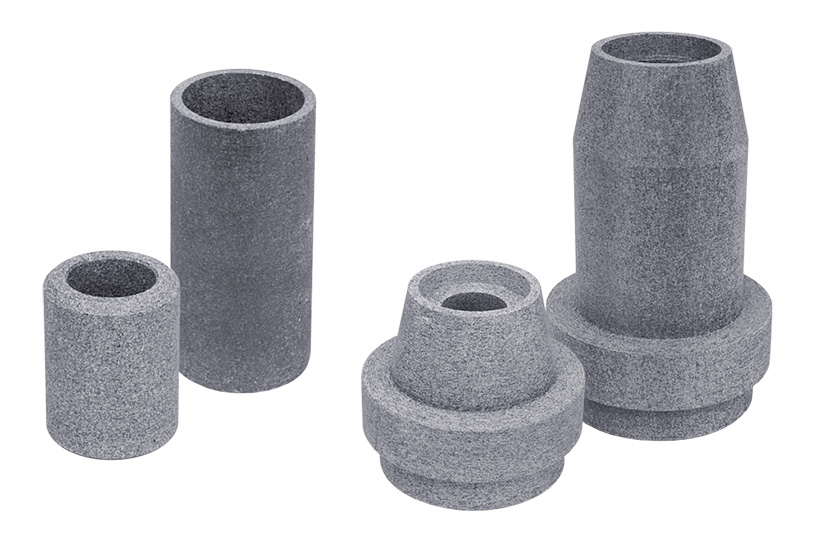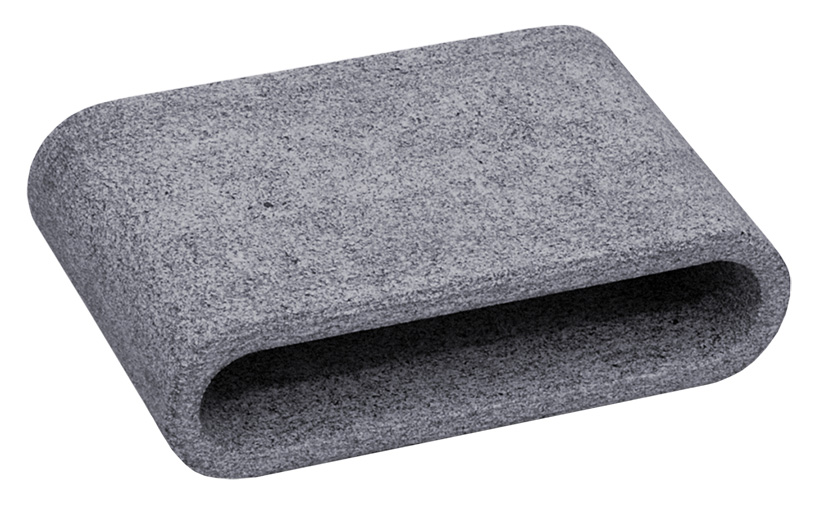CALCAST® CC155 G4, G8, G16
Material for non-ferrous metal castings
CALCAST®-Graphite compounds combine the mechanical and physical properties of Calcium Silicate and Graphite. This results in a material with superior properties in regard to several high temperature applications, especially for use in non-ferrous-metal casting processes. Uniform temperature distribution and shock behavior are significantly improved over standard calcium silicates.

The properties are determined by the amount of Graphite added to the Calcium Silicate system. In particular the thermo-physical and expansion properties of the compound are influenced by the anisotropic graphite crystals.

Thermal Conductivity
The thermal conductivity increases with increasing graphite amounts. Due to the graphite lattice and lattice orientation parallel to the board plane the conductivity behaves anisotropically. Parallel to the graphite layers (PA) one observes significantly higher λ-values. The conductivity reduces with increasing temperature as the graphite starts to decompose. This decomposition is slow in metal contact applications.
Oxidation Behaviour
Significant oxidation of the Graphite starts around 660 °C in air. When covered with liquid metal no significant changes of the surface structure are observed due to the high oxidation resistance even after long operation times at casting temperature. The material stays self-lubricating, non-wetting and resistant to oil ab sorption.
Oil absorption & Self lubrication
Increasing Graphite content reduces the oil uptake significantly in comparison to CALCAST® CC150 and other standard Calcium Silicate grades containing C-fibers. Surface coatings, such as diluted BN suspensions or a Graphite suspension, further increase resistance to oil absorption.

Special features
- good resistance to thermal shock
- thermal conductivity
- low thermal expansion
- low oil absorption
- is not wetted by liquid non-ferrous metals
- can be machined precisely to shaped parts


